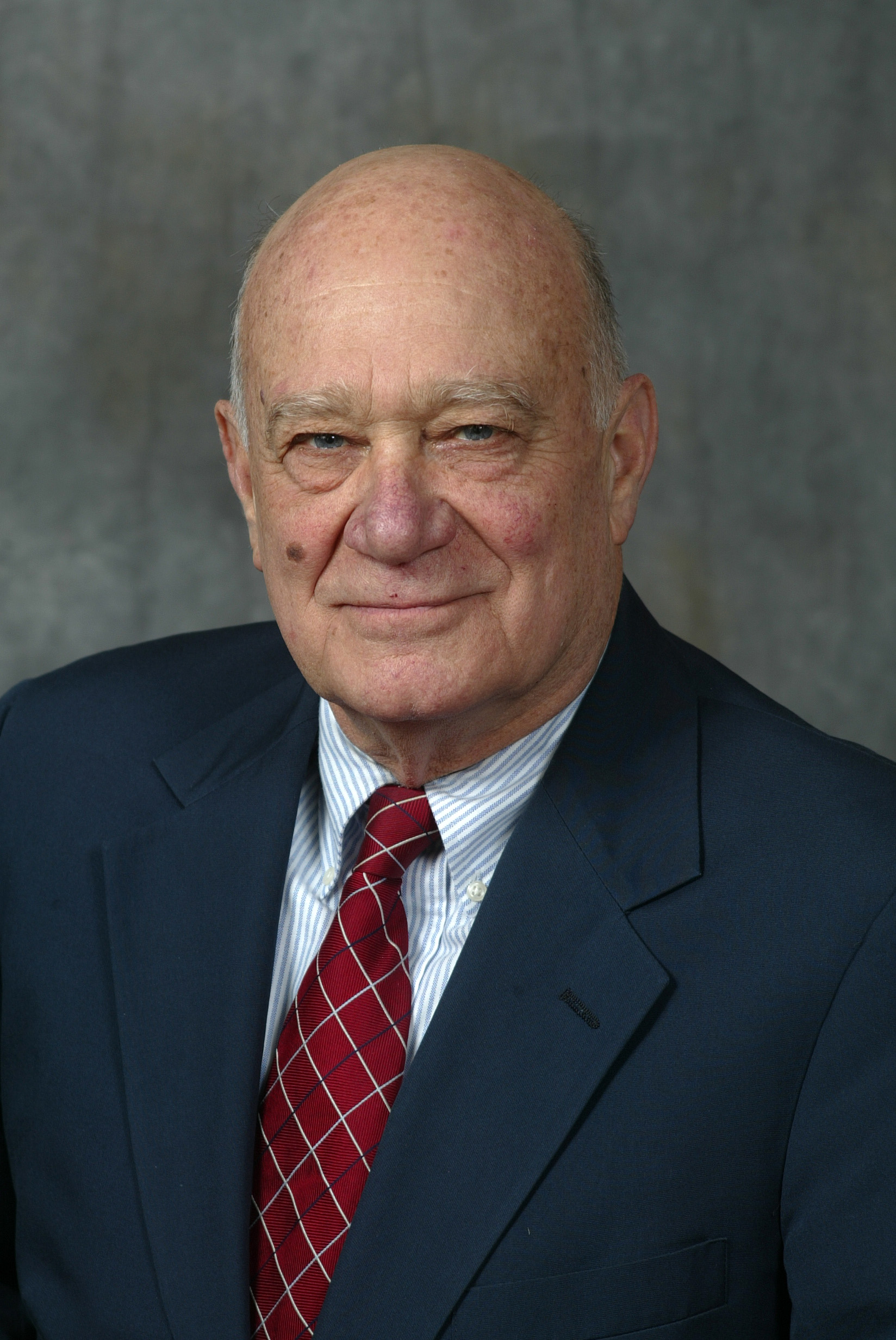February is always a propitious time to make leadership appraisals. In addition to President’s Day, combining Washington and Lincoln for the same holiday, we have Black History Month, building on Martin Luther King Jr.’s birthday Jan. 18.
We also entered this February with a new president coming out of one of the most polarized and disputed elections in our history – with anxieties continuing because of the threats and realities of violence spurred, as many say, by Donald Trump, who is now beginning an unprecedented second impeachment trial.
For those of us who are college teachers, February is a new beginning with the start of the spring semester. Since 1970, on the first day of my classes, I have asked my students to participate in a Brainstorming Leadership Rating Poll.
Last week marked my 51st year of the student polling. Although I have been at Hofstra since 1960, I did not adopt the idea until I was encouraged to do so by two of the great all-time Long island Newsday journalists, Bernie Bookbinder and Stan Isaacs. Both of them worked for Newsday when Bill Moyers was the publisher and the paper justly garnered national and international acclaim.
I learned much from both of them (and took the name of Stan’s column for my own after he died in 2013; “Out of Left Field” was intended then as now to have more nuances than may be immediately apparent).
Bernie and Stan worked with me, and even published stories about my brainstorming exercises with college students. Typically, they made several suggestions for improvement as I proceeded over the decades. One idea was to compare the ratings by students with those of adults, even more specifically with elders (over 65). Then, I was advised to follow up the brainstorming polls with analytical discussions that brought folks of different ages together in an intergenerational meeting space.
All of those things have been done over the years, over the decades. Please consider how you might have participated in last week’s “Brainstorming Leadership Rating Polls” – it was undertaken precisely as it had been for decades, but with two process modifications.
The simple aspect of the rating polls in all years included this instruction to participants: “On the sheet of paper you have received, place a large number 1 at the top of the page and then in a quick brainstorming’ activity, make a list of up to 10 people you consider to be the greatest Americans who have ever lived.’”
I gave only two more sentences: 1) “You may use any criteria you wish for your ratings;” and 2) “Because this is intended to be quick brainstorming, I will not take questions until we are finished (and in the spirit of acclaimed quarterbacks, this will be a ‘two minute drill.’”)
Clearly, there were elements of unfairness in asking my new students to respond so quickly and without being open to questions (as I always strive to be). As you can discern, the intent was to generate fast responses because they were likely to reflect the leaders who (for whatever reasons) were at the top of people’s minds.
Later we discussed the speed pressure and other aspects of the exercise. In order to minimize stress and ego risk, students and adults when they participated were told not to place their names on the rating sheets. Anonymity did not get in the way of compiling the leaders for later discussion
Over the decades, I always asked folks to make a second list – this time with a large number 2 on the reverse side of the paper, and to identify up to 10 people who they considered to be the “greatest living Americans.”
A process change because of the Covid-19 pandemic is that we avoid using paper, so each student sent me her/his lists in a word doc. A third rating assignment was added in recent years at the suggestion of my senior and perspicacious colleague, Martin Melkonian – to list up to 10 people who students considered to be the greatest global leaders of all time.
I was glad to add that dimension, because it certainly highlights judgments that our lives are increasingly connected around the world. As Martin Luther King Jr. said, “Injustice anywhere is a threat to justice everywhere.” Not as well known is Dr. King’s insistence that people needed to look beyond national identity and declare loyalty to humanity as a whole.
So, my students have submitted three lists, and we will be discussing them this week. If you decide to prepare lists of your own using the two-minute drill, you are invited (with my next column), to compare your own ratings with those of my 2021 classes as well as with students who have been doing these ratings since 1970).
If you are so inclined, you can email your lists to me, and I will be glad to tabulate them and give a report to Blank Slate Media papers (michael.dinnocenzo@hofstra.edu)



